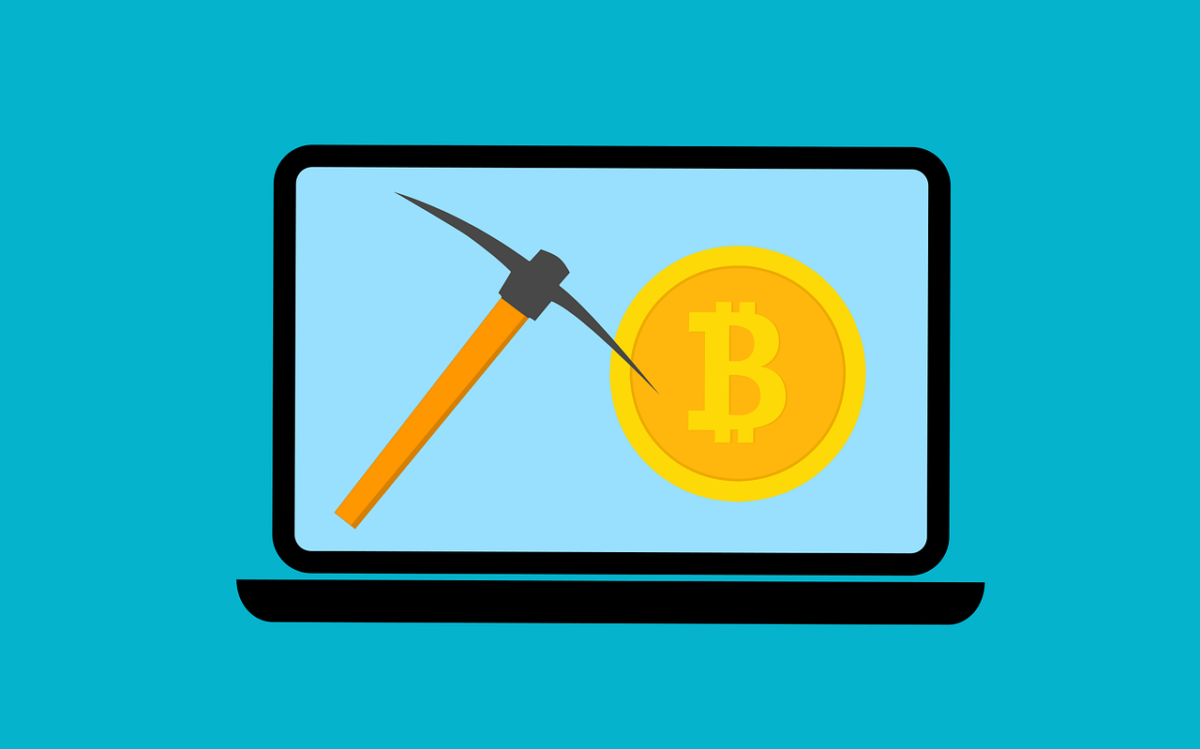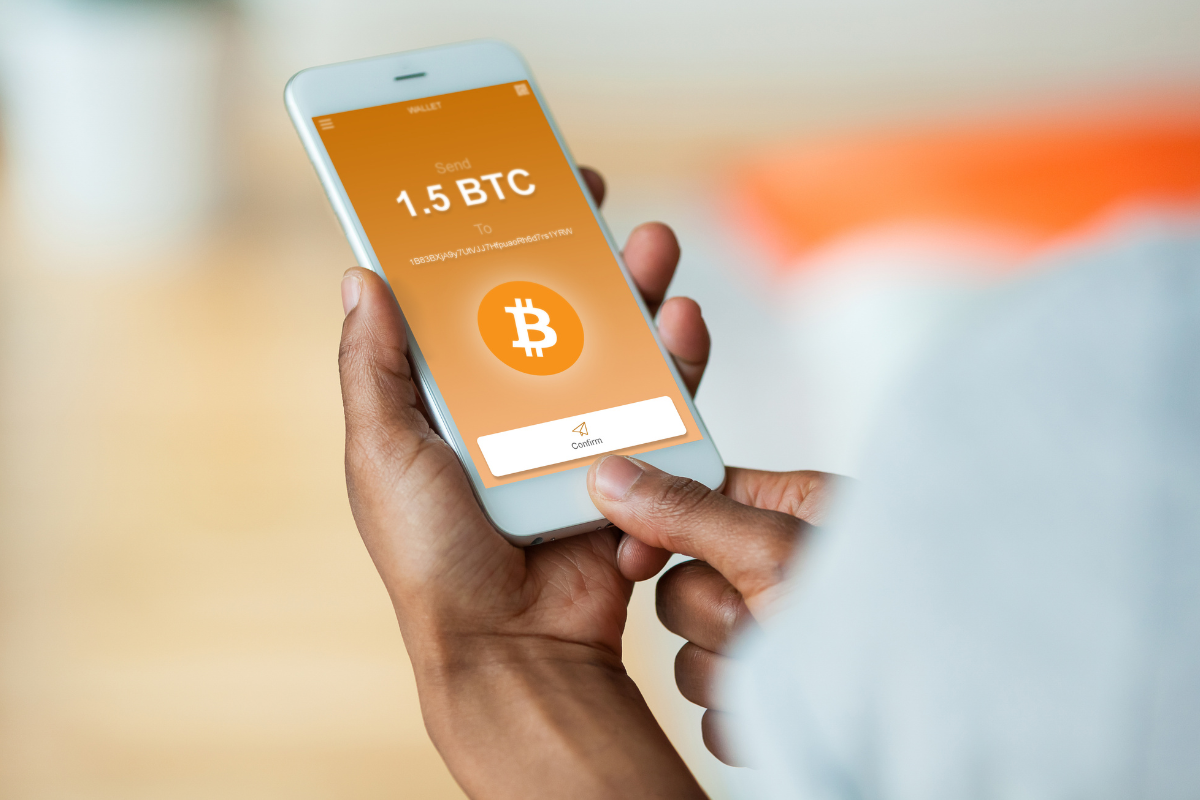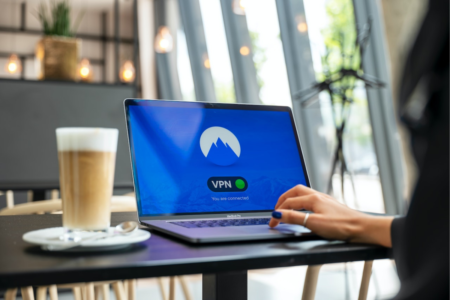In the midst of the digital revolution, cryptocurrencies have emerged as a new and innovative form of decentralized currency.
Bitcoin, the pioneering cryptocurrency that shook the financial world, is at the forefront of this revolution.
Central to the functioning of the Bitcoin network is the mining process, a fundamental concept that maintains the integrity and security of the blockchain.
In this article, we will delve into the workings of Bitcoin mining, exploring its significance, technical aspects, environmental concerns, and regulatory challenges.
What Is Bitcoin Mining?
Bitcoin mining is the process through which new Bitcoins are created and added to the circulating supply.
However, it serves a more critical purpose – validating and verifying transactions within the decentralized network.
Unlike traditional financial systems that rely on central authorities, Bitcoin’s distributed ledger system, the blockchain, ensures trust and transparency among participants through mining.

How Bitcoin Mining Works?
Bitcoin mining is the process by which new Bitcoins are created and transactions are validated and added to the Bitcoin blockchain.
This intricate process serves as the backbone of the entire Bitcoin network, ensuring its security, integrity, and functionality.
Here’s a step-by-step explanation of how Bitcoin mining works:
Step 1: Transaction Propagation
The process begins with individuals and businesses worldwide making Bitcoin transactions.
These transactions are digitally signed and broadcast to the Bitcoin network, where they are initially stored in a pool of unconfirmed transactions known as the “mempool.”
Step 2: Transaction Verification
Bitcoin miners play a vital role in verifying and confirming these transactions. Their job is to select transactions from the mempool and group them together into a block.
Step 3: Block Creation
To add a new block to the Bitcoin blockchain, miners must solve a complex mathematical puzzle known as the “Proof of Work” (PoW).
This puzzle involves finding a specific value (called a nonce) that, when hashed along with the transactions in the block and the previous block’s header, produces a hash that meets certain criteria.
This process is computationally intensive and requires significant processing power.
Step 4: Competitive Mining
Miners from around the world compete to solve this puzzle first. They do this by using their mining hardware, specialized computers designed to perform the required calculations as quickly as possible.
The first miner to solve the PoW puzzle broadcasts their solution to the network.
Step 5: Verification and Consensus
Once a miner finds a valid solution, other miners quickly verify it to ensure its correctness.
This verification process includes confirming that the new block adheres to the rules of the Bitcoin protocol.
If a consensus is reached among the majority of miners that the solution is valid, the new block is added to the blockchain.
Step 6: Reward and Transaction Fees
As a reward for their efforts, the winning miner receives a predetermined number of newly created Bitcoins.

This reward is called the “block reward” and serves as the primary incentive for miners. In addition to the block reward, miners also collect transaction fees from the transactions included in the block.
Step 7: Difficulty Adjustment
To maintain a consistent block creation rate of approximately one block every 10 minutes, the Bitcoin network adjusts the difficulty of the PoW puzzles.
If miners collectively become more powerful, the puzzles become more challenging, and vice versa.
Step 8: Block Confirmation
As more blocks are added to the blockchain after the one containing a specific transaction, the transaction becomes more secure and less likely to be reversed.
Typically, Bitcoin users wait for several confirmations (blocks added after the initial block) to consider a transaction as final.
Step 9: Continuous Process
Bitcoin mining is an ongoing process. Approximately every four years, the block reward is halved in an event known as the “halving.”
This reduction in the reward helps control Bitcoin’s issuance and ensures its scarcity.
Mining Hardware and Software
Over the years, Bitcoin mining has evolved from simple CPU-based setups to specialized hardware like GPUs, FPGAs, and ASICs (Application-Specific Integrated Circuits).
These ASIC miners have significantly increased mining efficiency and raised concerns over high energy consumption.
To engage in mining, miners also require mining software, which facilitates communication with the network and manages the mining process.
The profit builder is an app that provides reliable and secure auto trading features, allowing anyone, regardless of experience, to enter the online trading space well-equipped with accurate market data and analysis essential for making the right trading choices.
The Mining Process
Mining starts with the selection of pending transactions from the Bitcoin mempool. Miners verify these transactions and form a new block.

They then begin hashing and rehashing the block data with various nonce values until a valid block is created.
The race to find the valid block is intense, and miners often join forces in mining pools, combining their computational power and sharing rewards based on their contributions.
Blockchain and Mining Security
The process of mining enhances the security of the Bitcoin network. Each new block contains the previous block’s hash, creating a chain of blocks linked together.
This makes it exceedingly difficult for any malicious actor to alter the history of transactions without redoing the Proof-of-Work for all subsequent blocks, an impractical feat.
There is a concern about a 51% attack, where a group controlling most of the network’s computational power could potentially disrupt the system.
While such attacks remain theoretical, they highlight the importance of a decentralized and robust mining network.
The Economics of Bitcoin Mining
Bitcoin mining can be a profitable venture, but it is not without costs. The high energy consumption of mining has led to discussions about its environmental impact.
To offset expenses and maintain incentives for miners, the Bitcoin network periodically reduces block rewards through “halving.” Consequently, miners increasingly rely on transaction fees to sustain their operations.
Environmental Concerns and Sustainability
The energy-intensive nature of mining has sparked concerns about its environmental impact. Critics argue that excessive energy consumption contributes to carbon emissions and climate change.
However, the industry is gradually moving towards renewable energy sources and more energy-efficient consensus mechanisms to address these concerns.
Mining Regulations and Legal Challenges
The global regulatory landscape surrounding Bitcoin mining is diverse and complex.
Some countries have embraced cryptocurrencies, fostering innovation, while others have imposed restrictions or outright bans.
Regulatory clarity and consistency remain crucial for the growth and sustainability of the Bitcoin mining industry.
Conclusion
By understanding the intricacies of Bitcoin mining and its impact on the crypto ecosystem, individuals can make informed decisions in this exciting and dynamic space.








